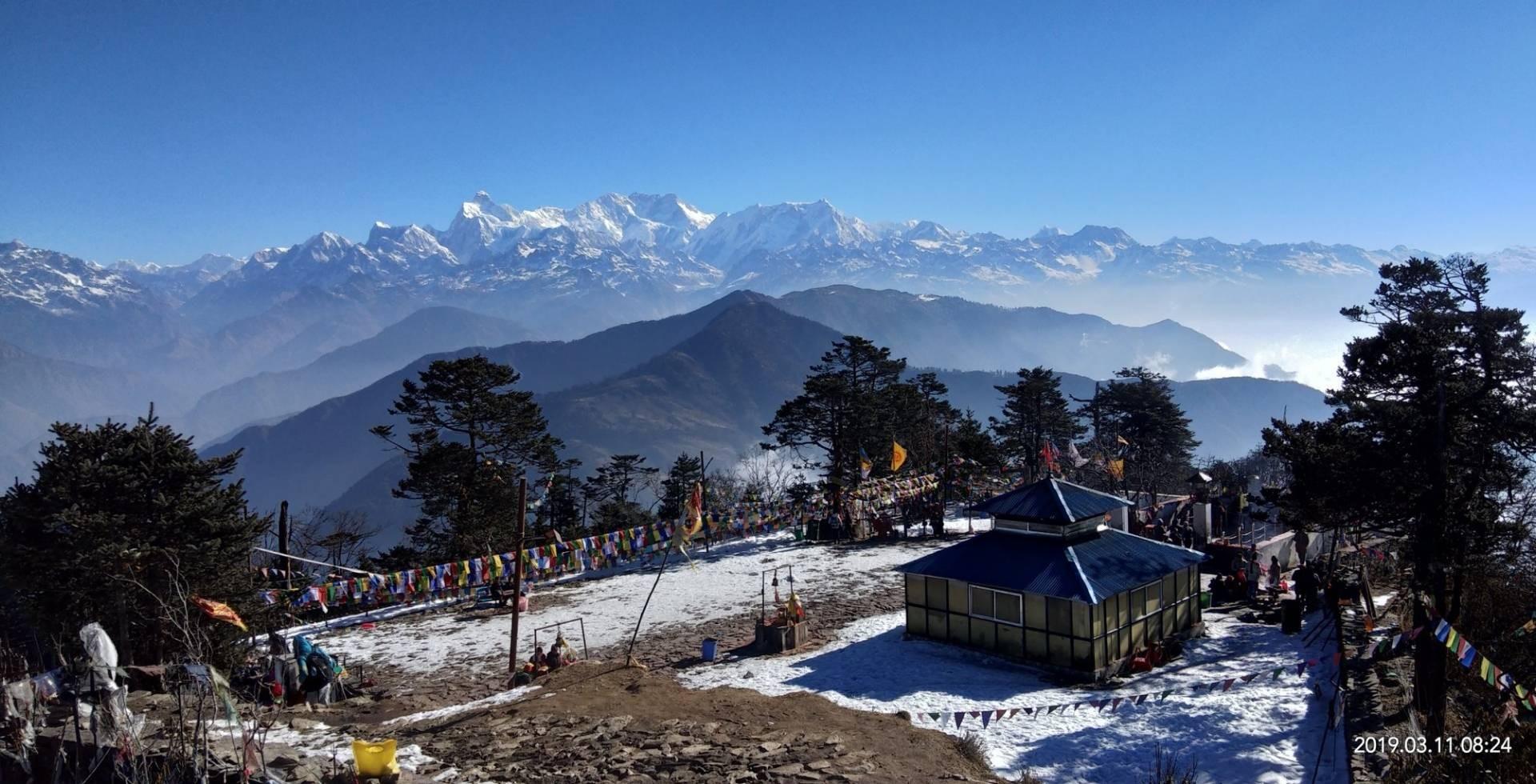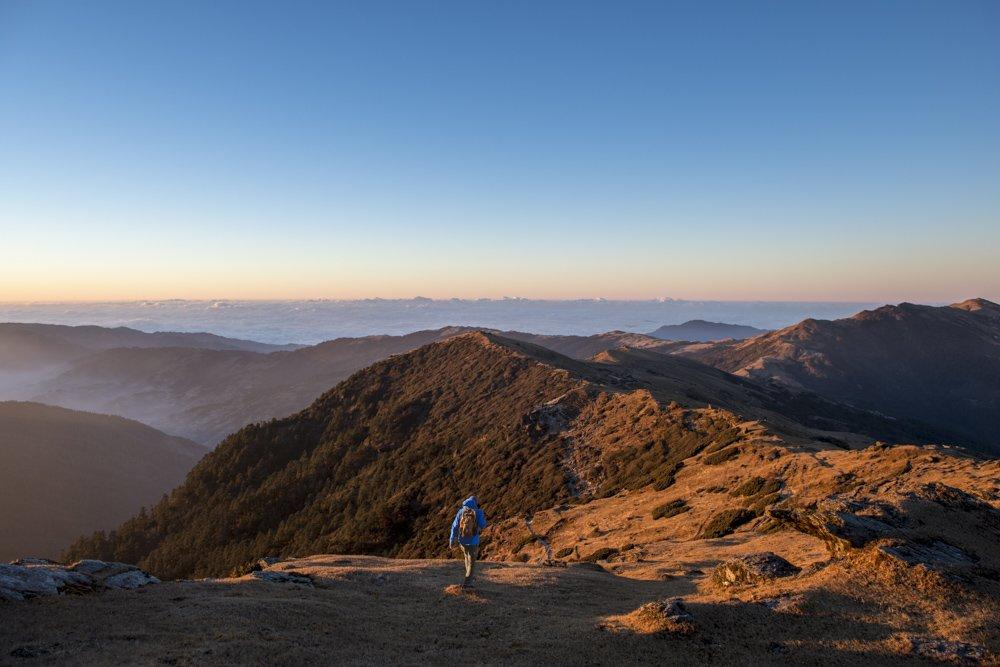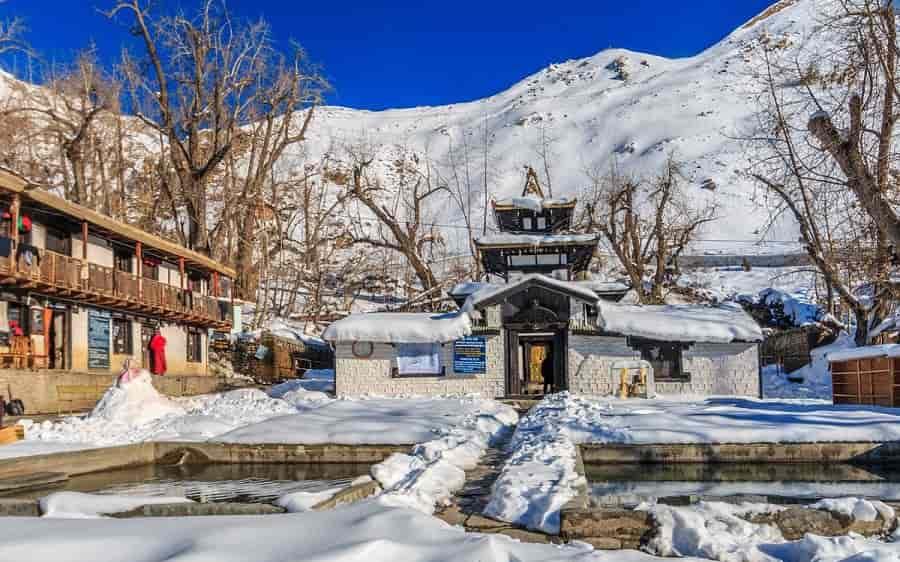Badimalika trekking
- Author : Saramsha
- Date : 26th September, 2024
- Time : 1 Min Read
- Euphoria
- Blog Detail
Badimalika trek is one of the best and most unexplored treks in west Nepal. Badimalika trek is one of the best treks in west Nepal providing an experience of high passes, ethnic villages, astonishing natural beauty, spiritual experience, the lifestyle of locals, green hills, white Himalayas, remote natural campsite, wilderness trail, and landscape of the pristine part of Nepal. Badimalika Temple, located in the Bajura district of Seti Zone, is dedicated to Bhagwati.
It is not only a religious trek but also there are many beautiful places with so much to explore in a natural and cultural sense. The major highlight of the trail is a visit to the temple of Badimalika which lies on a hillock. Meanwhile, the Api and Saipal mountain ranges add extra beauty to this trek. Badimalika Trek can also be done by combining with Khaptad National Park Trek. There are altogether 12 National Parks in Nepal and Badimalika lies in Khaptad National Park.
Badimalika Temple is one of the major temples of Nepal that is located at an elevation of 4,200 meters above sea level. Local tea houses and lodges are available on the lower parts of the trek. But during the upper part of the trek, there are no human settlement areas and trekkers have to carry their own food and tented camps for accommodation. With the help of our Badimalika Trek Itinerary and expert trekking leader, you will be exploring this untouched area with proper planning. In addition, marvelous views of the Api and Saipal can also be seen during the trek. If you wish to go for Api Saipai Trek we would be more than happy to arrange it for you.
Badimalika trekking itinerary is flexible and you can also add some other popular trekking destinations around the area if you wish to. The most popular trek that can be done by combining with the Badimalika Trek is Khaptad National Park Trek. Khaptad National Park is one of the smallest National Parks in Nepal. The total area of Khaptad National Park is 225 square kilometers. But about 567 species of flora, 23 mammals, 287 birds, and 23 species of amphibians and reptiles have been recorded inside the Khaptad National Park. Not only that, but Khaptad National Park is also the home of the renowned spiritual saint Khaptad Baba.
One can relax oneself while taking in the breathtaking views of mountains and greenery. Breathe in the crystal clear alpine air, and bask in the warm sunshine at the foot of inspiring mountains. The trail to Badimalika is open throughout the year. But only in winter heavy snowfall can affect trekking. Badimalika trek is one of the most difficult levels of a trek in the western part of Nepal.
Best Time to visit Badimalika Temple
BadiMalika Trek can be done all around the year but the Autumn season of the year is regarded as the best time. During the months of September, October, and November the sky is clear and the temperature is also warm during the days. Meanwhile, the mornings and the nights are chilled, and amazing views of the landscapes can be seen during the high visibility. This season of the year is also the best time for peak climbing in Nepal. Many adventure seekers from different parts of the globe visit Nepal during these months for trekking and mountaineering purposes mainly.
Spring is another best time for the Badimalika Trek in Nepal i.e. March, April, and May months. These months are also seen as the time for the flowers and you can witness mother nature spreading her wings and offering us amazing views throughout the trek. Blooming rhododendrons can be seen during the trek. Similarly, eye-appealing views of the blooming wildflowers can also be seen around the Khaptad National Park.
Summary of Badimalika Trek
The journey begins with a flight to Dhangadhi, also known as the business and tourist center of the far-western region of Nepal. A drive of around 4 hours via Godavari will take you to Dadeldhura situated at an elevation of 2,000 meters. The famous Ugratara temple and historical places like Amargadhi Fort and Alital are the major tourist attractions in Dadeldhura. The place offers breathtaking views of the Api and Saipal mountains as well as surrounding hills. The second day of the drive will take you to Jadang situated at an elevation of 3,827 meters above sea level. It is also the trek starting point.
Budha Krodh is a beautiful place with attractive landscapes, waterfalls, green forests, and murmuring streams. The place is home to different species of flora and fauna. You will pass through a big grassland to reach Bhito. Marvelous views of the Api and Saipal can be seen from here. Triveni is a place of great religious significance. This small place is cramped with around 1,500 tents during major festivals like Janai Purnima. The people performing religious activity bathe in the nearby river and then head towards the temple to worship. It might be one of the best ways to preserve the culture of this place.
Dhawalpur Lake is a very beautiful lake located amidst a dense forest. Located at an elevation of 2,556 meters, Dhawalpur lake is spread over 500 sq meters. Lamagadh lies at an elevation of 2,195 meters above sea level and amazing views of the Bajura district can be seen from this place. Silgadhi is the district headquarter of the Bajura district. Shaileshwori Temple dedicated to Shiva and Parvati is the main highlight of this place. You will take a drive to reach Dhangadi and a flight back to Kathmandu from Dhangadhi.
Badimalika Temple
Every year, on the occasion of Janai Purnima and Ganga Dashara, the temple gets a large number of visitors. Devotees from both Nepal and India gathered here as there is a grand celebration. Badi Malika trek is a trek with some difficulties and adventures. Despite all the difficulties, many devotees still go to the temple with the hope to fulfil their wishes and seek blessings from the goddess. As the trail is new and there are no signposts or other infrastructure a local guide is a must to visit this trail filled with amazing views of the Api and Saipal mountain ranges.
Bajura district is rich in terms of the culture and traditions of the local people. They perform different dances like Deuda, Bhuwo, Hudkeuli, Thadi, and so on according to Hindu mythology, While lord Shiva wandered about frantically carrying his wife Sati’s dead body, her body parts started to decay and fall into different places and in this process, her left shoulder fell in Mallagiri Mountain. The maximum altitude climb along this route is 4200m.
If our trip itinerary doesn’t suit your holiday schedule or you wish to modify the itinerary then feel free to inbox us. We want our valuable guests to enjoy their travel according to their needs and wills. We provide a variety of packages for student groups/family groups/corporate teams and many more. Every travel package is different according to the group size and the demand of the guests. We are also more than happy if you combine it with any travel plans, please let us know and we’ll create a tailor-made itinerary, designed especially for your travel group.
Leave A Comment:
Author
Related Blogs
1 min read
by Prekshya
Pathibhara
Pathibhara trek to visit Pathibhara Bhagawati temple in Taplejung Pathibhara trekking is the popular pilgrimage trek; 3794 m Pathibhara temple offers...
1 min read
by Sushila Thapa
Pikey peak trek
Pikey Peak Trek - Everything You Need To Know Swiss Family Treks Blog Posting Overview of Trek Pikey Peak Trek is the epitome of mountain trekki...
1 min read
by Anuja Pneru
Mukinath
The temple of Muktinath is in the trans-Himalayan locale of Nepal at the foot of the snow-covered ranges at an altitude of 3,800 m. The site is sacred...



